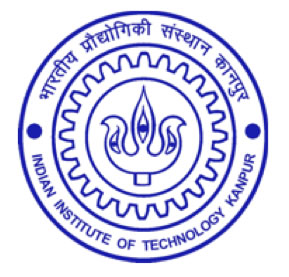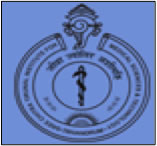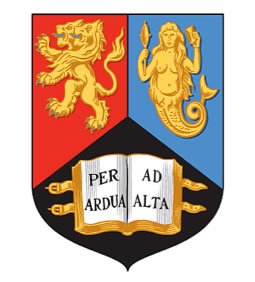Home
Overall Objective
Research Activity
Expected Impact
Collaborators
Partners
Team Leaders
Key Members
Meeting Minutes
Synchrotron Projects
Photo Gallery (Visits)
|
Research Activity
- During the proposed project, cation (Sr, Mg and Ba) substituted ionomer glasses based on the composition 4.5SiO2-3Al2O3-1.5P2O5-3CaO-2CaF2 will be studied.
- The glass ceramics will be prepared using a conventional crystallisation route that involves annealing/thermal treatment at University of Birmingham (UB) or a Spark Plasma Sintering route at IIT Kanpur (IITK).
- The latter process is a challenging fabrication process, and parameters like heating rate, sintering temperature and time, will be required to be optimised. The two processes will be compared and after the characterisation of glass ceramics, the differences will be identified.
- The microstructure as well as the structure at the atomic level and the chemical species present in the glass network and glass ceramics will be studied using advanced diffraction and spectroscopic techniques.
- Subsequently, the in vitro dissolution behaviour as well as the biocompatibility of selected glass-ceramics will be evaluated and immunohistochemical investigation will be carried out at SCTIMST to assess the in vivo biocompatibility behaviour.
- The microstructural changes will be investigated using a number of advanced techniques like Fourier Transform Infrared Spectroscopy (FTIR), Scanning Electron Microscopy-EDS (SEM), X-ray Diffraction (XRD) as well as Magic Angle Spinning-Nuclear Magnetic Resonance Spectroscopy (MAS-NMR).
- The project will be divided into two parts: characterisation of glasses and characterisation of glass ceramics. MAS-NMR spectroscopy (available at UW) will provide important information on the presence of chemical species in the glass network.
- The project will attempt to elucidate also the role of the chemical species on the structure of the glasses and consequently the crystallisation mechanisms involved. Techniques like X-ray Absorption Near Edge Structure (XANES) and Extended X-Ray Absorption Fine Structure (EXAFS) will be utilised at available facilities either in UK or France.
- Furthermore, the microstructural characterization of etched and polished glass ceramic samples (both prepared conventionally and by SPS) will be carried out using Scanning Electron Microscopy-EDS.
- Additionally, Fourier Transform Infrared Spectroscopy (FT-IR) study of both glass and glass ceramics will be performed in order to identify the bonding nature in the samples. To investigate the crystallisation behaviour of the glass, high temperature DSC/DTA will be carried out.
- Casting light onto the local environment around the dopant as a function of temperature using XANES and EXAFS, and of combining this with simultaneous high quality XRD can contribute in a focused way to the understanding of the material’s structure-property relationship.
- The spark plasma sintering of some of the glass compositions (designed by UB) and the SPS parameters will be optimised to obtain better material properties, in terms of hardness and strength. All the basic mechanical properties will be evaluated at IIT Kanpur as the mechanical properties determine the implant performance. As part of biocompatibility study at IITK, an in vitro dissolution study will be carried out by immersing some selected glass-ceramic samples in simulated body fluid or saliva at 37oC (i.e. human body temperature) for various timeframes of up to six weeks.
|
|

IIT Kanpur,India

Sree Chitra Institute for Medical Sciences and Technology (SCIMST), India

University of Warwick

University of Kent
 University of Birmingham University of Birmingham
|